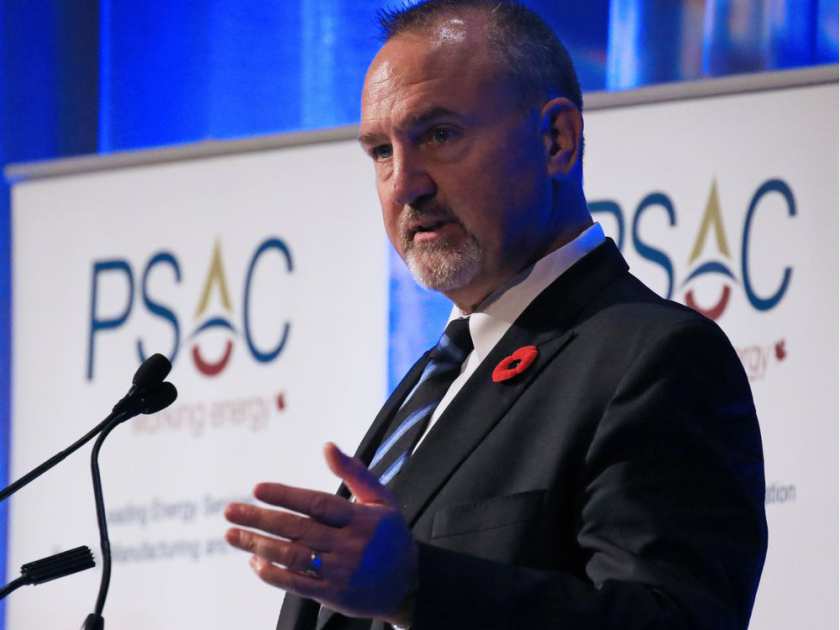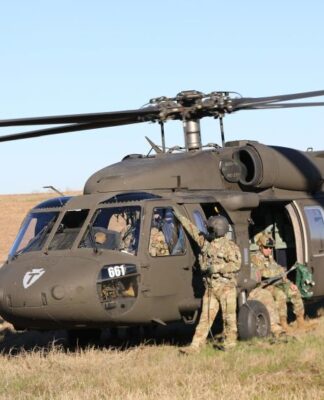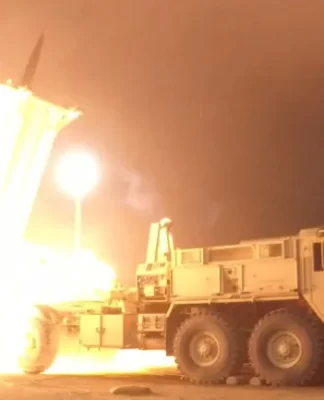
A new forecast for the oil and gas industry suggests drilling activity should increase slightly next year but will fall well short of pre-recession levels in 2014.
The Petroleum Services Association of Canada expects nearly 4,200 oil and gas wells will be drilled in 2017, a nearly six per cent jump over forecasted levels for this year.
The association, which represents oilfield service and supply companies, forecasts improvements in Alberta will be marginal, with an additional 53 wells drilled in 2017, pushing the total to 1,900.
“It’s flat going from ’16 into ’17, and we’re not out of the woods yet,” Mark Salkeld, the group’s president and chief executive, said Wednesday.
Saskatchewan is expected to lead the way with 1,940 wells drilled, a boost of 240 wells, or 14 per cent, over this year’s activity.
Salkeld said companies in that Prairie province appear to be drilling shallower wells faster than they do in Alberta. “They’re out-pacing us,” he said.
The association based its estimates on assumptions West Texas Intermediate crude will trade around US$52, an improvement from conditions in February, for instance, when oil tanked below US$30 a barrel.
The group’s subdued outlook follows a far more upbeat view from Precision Drilling Corp., one of Canada’s largest drillers, which announced last month it was rehiring 1,000 workers amid “the early stages of this rebound.”
The Calgary-based company said it was encouraged by a “significant improvement in sentiment” among its customers that has led to a busier drilling season.
Salkeld said most of Precision’s new activity will occur in the United States.
In Canada, he said there continues to be some tension between drillers and producers, which he said are benefiting from higher oil prices than previously in the rout and in many cases are not sharing the wealth.
“They’re not opening the doors to price increases from the services sector,” he said, noting there are exceptions.
According to the Canadian Association of Petroleum Producers, the oil and gas industry is expected to spend about $37 billion on projects next year, roughly $1 billion more than a year earlier.
The change is expected to be fuelled by gains in conventional production while spending in the oilsands is forecast to fall.
This is due in part to economic conditions, but there is also uncertainty over the impact of a 100 megatonne cap on oilsands emissions, said Ben Brunnen, a vice-president at the producers group.
“There’s folks that are holding onto land positions; there’s folks that have some phase plans in place that haven’t begun construction,” Brunnen said.
“Until we get a little more certainty in that space, it’s largely wait and see.”`
The Petroleum Services Association of Canada cautions that while conditions are expected to improve next year, they will not match the highs of 2014, when oil traded above US$100 a barrel before its devastating fall.
The total number of wells drilled next year is expected to be down 63 per cent from what they were two years ago.
Salkeld said there is little reason to believe activity will ramp up beyond a “small uptick” in the traditional winter season.
He said a glut of oil and gas supply is expected to keep prices low, while domestic production remains largely landlocked without pipeline access to overseas shippers.
The United States has long been Canada’s largest customer for oil and gas, but it has quickly become this country’s largest competitor with major gains in daily production.
Still, Brunnen said there have been signs of optimism.
“In the United States in general, while we’re seeing domestic production increase, Canadian crudes continue to displace some of the imported crudes for the U.S., and we expect that to continue,” he said.
“It’s not necessarily to the level that we like, but it’s certainly something that is favourable for us.”




























